Technique aids the use of feed tables and trays
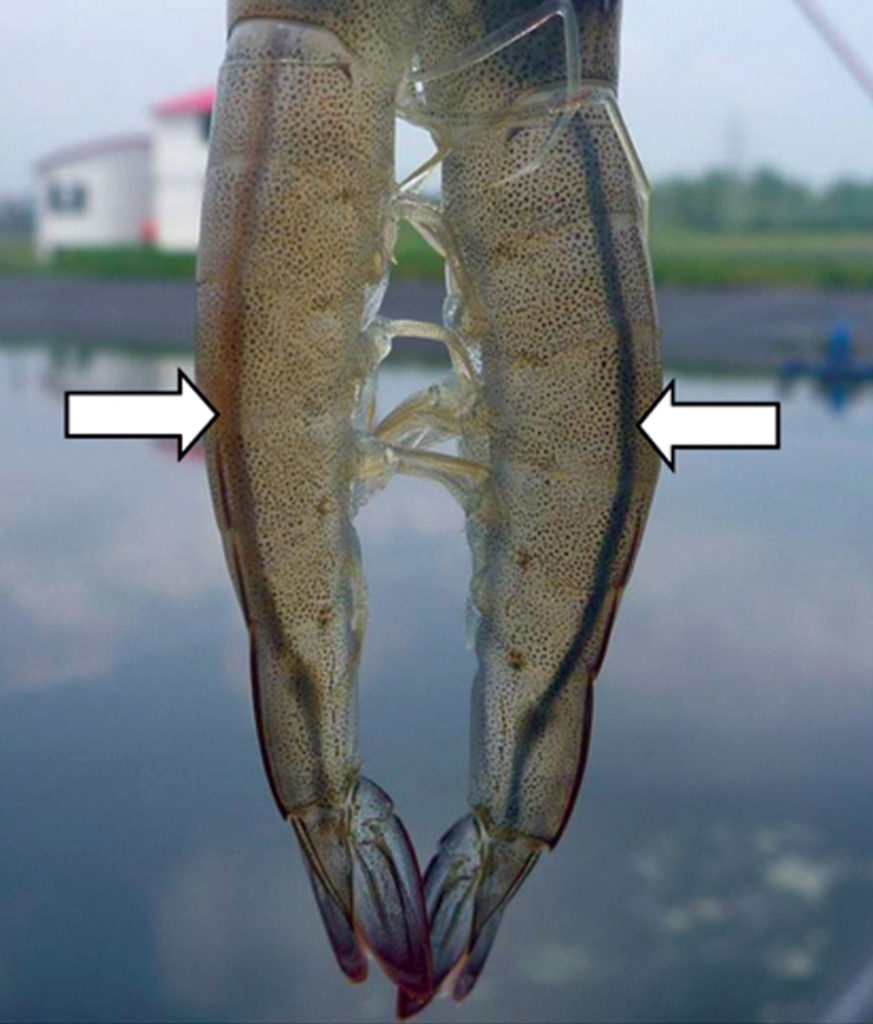
Efficient feed management is an important tool in farmed shrimp production, particularly when considering that feed cost typically comprises 50 percent or more of total production costs. In addition, inadequate feed management can affect pond bottom and water quality.
Intestine color check
The author recently developed a technique that uses the color of shrimp intestines to assess feed consumption for efficient use of feed.
To carry out the “intestine color check” technique, about 100 animals from two or three areas of a pond are sampled with a cast net. Balanced feed in shrimp intestines is distinguished by a light brown color, while intestines with natural food (mainly detritus, plankton and benthos) appear with a blackish color.
Overfeeding is considered when, one hour before feeding, 10 percent or more of the guts sampled show feed color. This is based on the fact that, before providing new feed to the pond, more than 90 percent of the feed from the previous dose has to be consumed.
On the other hand, when underfeeding is suspected, intestines are checked one hour after feed has been applied to the pond. It is expected that 60 percent or more of the animals sampled show intestines with feed color. So, feed dose should be increased when 40 percent or more of the intestines show a blackish color one hour after feeding.
Usually all feed should be consumed during the first three hours after feeding, because uneaten feed loses nutrients through leaching faster after this period, according to Dagoberto Sanchez. Considering that sometimes intestine color checks must be done at different times, proportion values have been established at half-hour intervals after feeding (Table 1). This table was adapted for a trial at a shrimp farm in China from a feed management protocol used by the research and development farm at Kasetsart University in Thailand.
Ching, Expected ratios of intestine color check, Table 1
| Time After Feeding | Intestine With Artificial Feed | Intestine With Natural Food |
|---|---|---|
| 1 hour | Above 60% | Below 40% |
| 1.5 hours | 50% | 50% |
| 2 hours | 30% | 70% |
| 2.5 hours | 20% | 80% |
| 1 hour before next dose | Below 10% | Above 90% |
In some cases, when guts are empty or partly empty, the intestine contents are recorded as natural food, because it could mean that feed is not being consumed – perhaps due to the presence of pathogens causing disease. Also, when the gut shows mixed colors, indicating feed in some part of the gut and natural food in the other, feed color is noted, considering that sometimes shrimp eat both types of food.
Feed table
This method was tested at an intensive culture farm in Zhanjiang, Guangdong Province, China, during the summer of 2009. During normal production at this farm, feed was broadcast at 6 a.m., 10 a.m., 2 p.m. and 6 p.m. Feed samples at 3 percent of the volume calculated from the feed table were placed in feed trays for consumption verification three hours after feeding. If the trays were empty, tray verification of the next dose was done one hour after feeding.
During that summer, temperatures ranging from 30 to 34 degrees-C made it difficult to calculate the feed dose with feed trays, because the feed in the trays was consumed very fast, and leftovers were usually never found. This also happened when the feed dose was raised 30 percent above the value calculated by the feed table based on the tray readings, and when tray checking was done an hour after feeding. The quick consumption of feed by the shrimp could be explained by the fact that complete digestion of feed at 34 degrees-C can take less than one hour, according to Chalor Limsuwan.
On the other hand, when survival was affected by a Taura syndrome virus attack, the feed table became inaccurate for managing the daily feed dose because of the difficulty of determining the pond population when mortality was occurring.
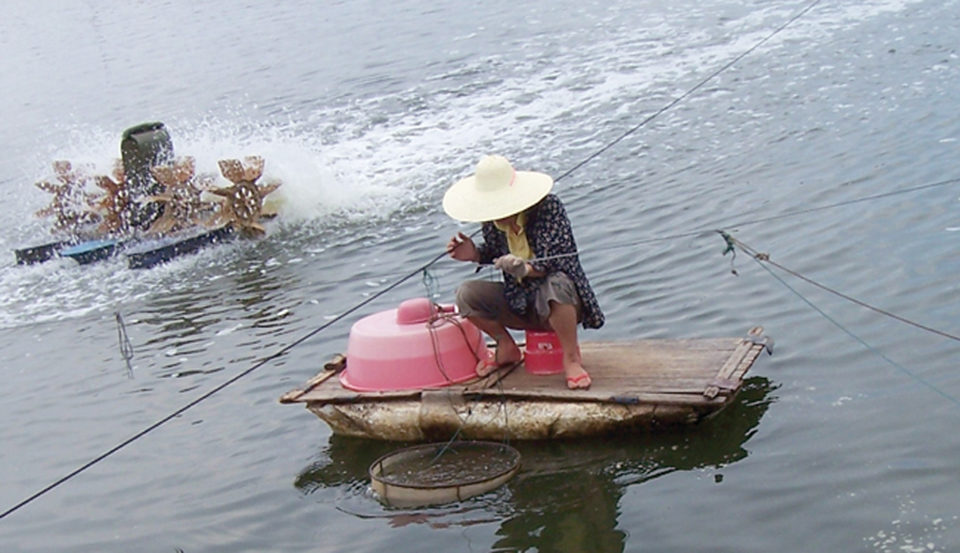
Feed trial
A trial was carried out to compare three methods for evaluating feed consumption under these unusual situations. The ponds were grouped into those using only the balanced feed table, ponds using the balanced feed table and feed trays, and ponds using the balanced feed table and the intestine color check.
Results of the trial are shown in Table 2. The use of the feed table complemented with the intestine check proved the most effective way to calculate the daily feed dose, having the best feed-conversion rate and highest yield results of the trial.
Ching, Results of three methods for calculating feed dose, Table 2
| Method | Area (ha) | Stocking Density (shrimp/m2) | Yield (kg/ha | Weight (g) | Survival (%) | Feed-Conversion Ratio | Time (days) |
|---|---|---|---|---|---|---|---|
| Only feed table* | 0.64 | 147 | 9,797 | 16.22 | 64.2 | 2.04 | 87 |
| Feed table, trays* | 0.64 | 145 | 9,373 | 16.11 | 62.7 | 1.51 | 79 |
| Table, intestine check* | 0.64 | 146 | 10,083 | 16.73 | 64.5 | 1.23 | 70 |
*Average results for 3 ponds/treatment with similar stocking density, larvae, area and feed.
Using the feed table alone was the least efficient method, with the highest feed conversion and longest production time, suggesting that complementary tools like the feed trays and/or intestine color check could help lower the cost of feed in the production of cultured shrimp.
(Editor’s Note: This article was originally published in the September/October 2011 print edition of the Global Aquaculture Advocate.)
Author
-
Dr. Carlos A. Ching
International Technical Manager
Nicovita – Alicorp SAA
Av. Argentina 4793
Callao, Peru[101,112,46,109,111,99,46,112,114,111,99,105,108,97,64,109,103,110,105,104,99,99]
Tagged With
Related Posts
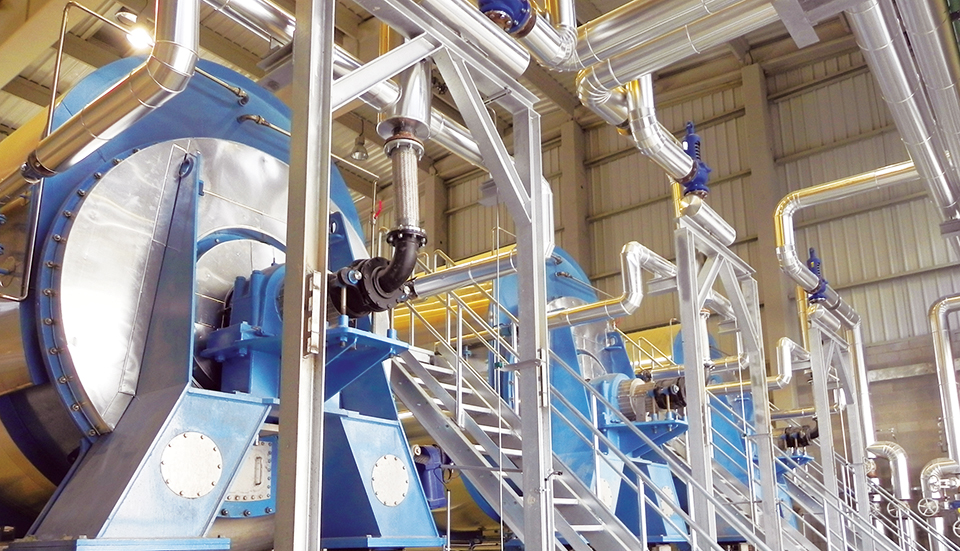
Aquafeeds
Animal byproduct concentrates useful tools in formulation
With the market volatility of fishmeal, as well as rising sustainability concerns, the aquaculture industry is seeking sources of protein, such as animal byproduct concentrates, to substitute for fishmeal.
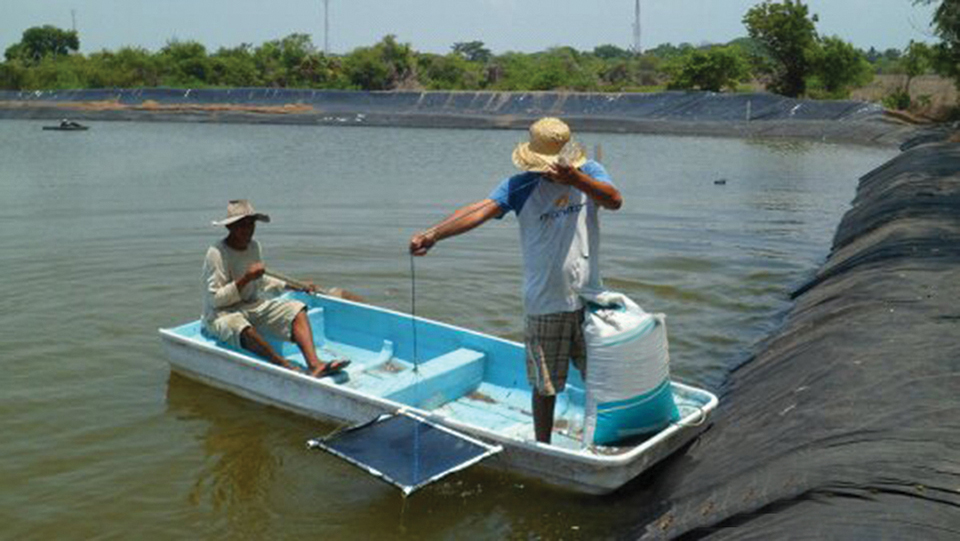
Aquafeeds
Feed trays: The good, the bad, the ugly
Feed trays are typically used to avoid overfeeding in aquaculture production systems. They are sometimes used to deliver 100 percent of the feed that is fed, and other times a small number of trays are used as a guide to evaluate broadcast feeding techniques.
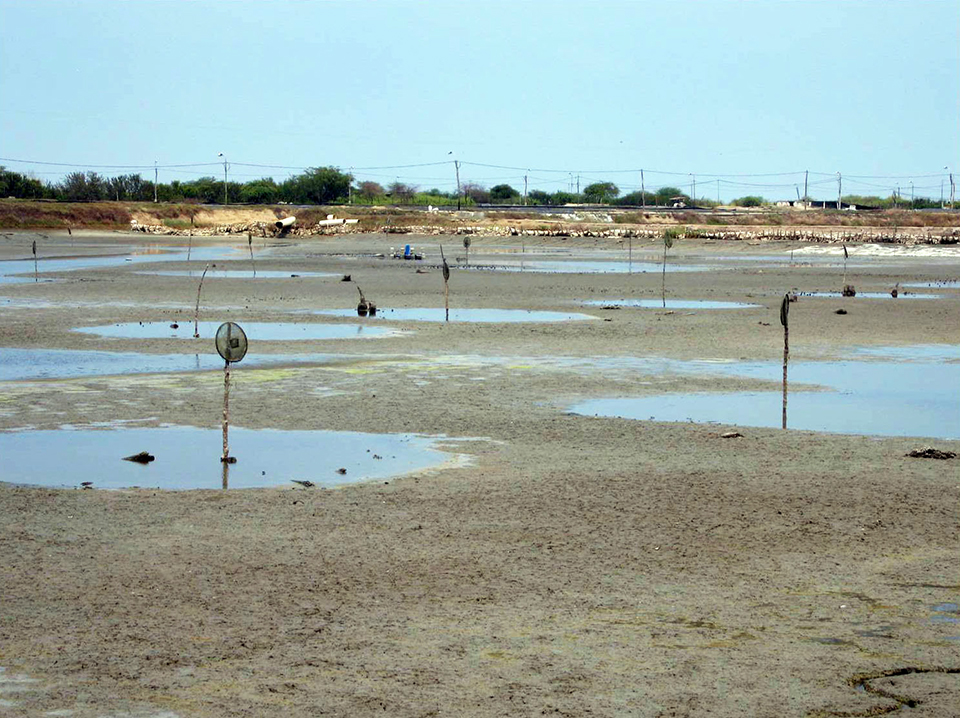
Responsibility
Feed trays or broadcasting?
At higher stocking densities, the application of all feed via feed trays often results in feed being dropped outside and/or underneath the trays.

Health & Welfare
A study of Zoea-2 Syndrome in hatcheries in India, part 1
Indian shrimp hatcheries have experienced larval mortality in the zoea-2 stage, with molt deterioration and resulting in heavy mortality. Authors investigated the problem holistically.


